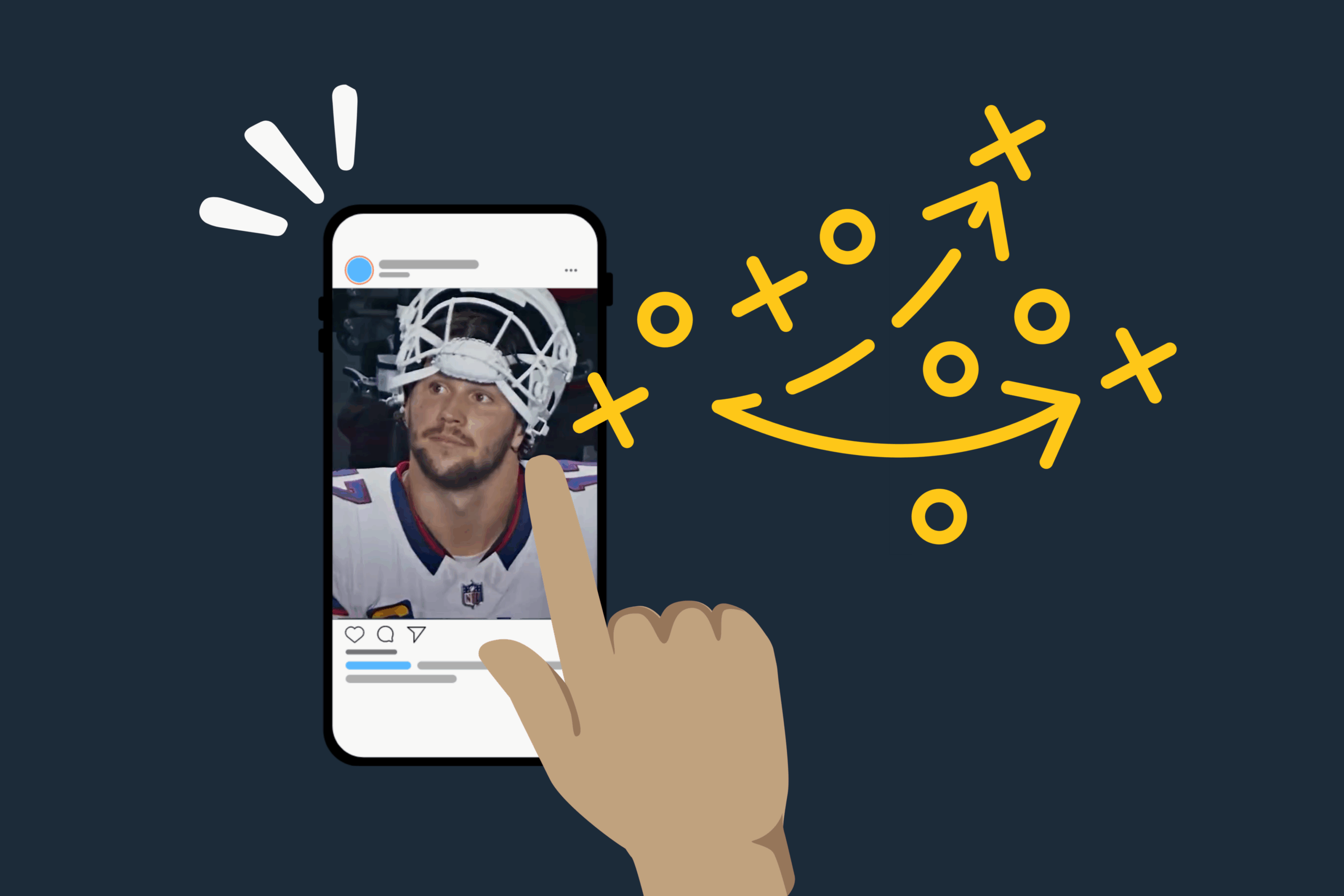It starts small: A design tweak here, a pivot suggested in a standup, a “quick favor” requested with a smile. Suddenly, your carefully scoped project has ballooned—without a matching bump in budget or bandwidth.
This is scope creep: when the work expands beyond the original agreement, often without formal acknowledgment or compensation. It’s common, it can be costly, and if you’re not actively managing it, it can strain relationships, burn out your team, wreck your timeline — and potentially damage the partnership.
“Scope creep happens at the expense of other work and therefore the quality suffers, leading to unhappy clients,” explains Lauren, a Creative Circle freelancer and Project Manager since 2021. And when you’re constantly reacting, you miss the chance to plan strategically, which may cost you more in the long run.
The following strategies can help prevent scope creep from compromising a project’s success.
Understanding the Issue: Why Scope Creep Happens
Scope creep happens for a variety of reasons, but, in Lauren’s experience, it tends to occur due to “some combination of the following: poor documentation, bad communication, a lack of organization, or inability to politely draw a line with the client and hold everyone accountable.”
Scope creep can also stem from the natural evolution of a creative project mid-workflow such as budget shifts, leadership weighs in, or current events and consumer sentiment demand a quick pivot. These external factors could result in a client asking for more revisions, inclusion of new messaging, or shifting secondary assets into the spotlight.
Recognizing and Naming Scope Creep
For creative agencies, saying yes to emerging requests, or volunteering to support your client when their team’s underwater, may feel like the right move. But over time, it creates confusion about roles, deliverables, and expectations. It also puts pressure on team members who have to absorb that extra work, often without acknowledgement.
How Agency Teams Can Help Clients Stay on Track
- Start with clarity. A rock-solid brief and clearly defined deliverables should be your North Star. It can also be helpful to proactively discuss change orders, so your client can feel empowered to shift and expand the scope mid-project. And trust your gut: If the work feels like it’s veering off the map, it probably is.
- Build in checkpoints. “Weekly meetings or status updates can be used to course-correct early,” says Lauren.
- Document everything. Even quick-turn pivots need to be captured in writing, reminds Lauren.
- Offer a path to expansion. When a new ask arises, use it as an opportunity: “Great idea. Let’s talk about expanding the scope to include this.”
- Empower your team. Give them the language and support to raise the flag. Remind them that proactively volunteering revisions or additional work without approval can be problematic for the entire project.
Project Managers: The Front Line of Scope Creep Defense
As a PM, part of your job is to proactively manage all aspects of the project, including assessing the potential of scope creep. Even if the project seems to be within the confines of the scoped work, developing habits at the top of every project can help you nip any scope creep in the bud. Here are some go-to tips from Lauren.
- Don’t skip the kickoff call. “Kickoff calls can sometimes get skipped due to the urgency of a project and those truly are critical for providing extra clarity, allowing an opportunity to ask questions, and ultimately add to efficiency down the line,” says Lauren.
- Keep track of deliverables. “I’m using a spreadsheet to track exactly what’s been produced to know when we’re approaching the edges of our scope,” says Lauren, who also recaps and shares notes and next steps after every status update call.
- Be resourceful. “If we’ve reached the maximum agreed deliverables in one category for the client, but we are low on deliveries for another category, you can make an offer to the client to trade the asset types you’re producing with no changes to the budget,” says Lauren, who says clients appreciate the resourcefulness.
Should An Agency Ever Work Beyond Scope?
A great project manager can seamlessly turn a scope request into opportunity, turning the ask into deeper collaboration, stronger partnerships, and expanded business. And yes, sometimes being flexible at the right moments can strengthen the relationship. The key is making sure small accommodations don’t become silent expectations.
“In some cases, it may be okay to allow an extra asset through as part of the original scope, but it should be considered on a case-by-case basis as you know the client and creative team best,” says Lauren. But pay attention and log these requests, because they can be clues to navigating a more optimized SOW.
For example, a few additional asks can become a signal that your client needs more support. If you track the requests and frame them as a potential retainer or phase-two project, it positions you as a long-term partner, not just a vendor.
The Creative Circle Advantage
Scope creep doesn’t have to derail your projects. Creative Circle can help you stay ahead of it by embedding experienced project managers into your team who know how to keep deliverables clear, timelines on track, and expectations aligned. Plus, with scalable agency solutions and transparent pricing, we stay ahead of scope creep, helping clients avoid surprises while delivering the exact talent you need at any point in the project.
About the Author
Anna Davies is a Creative Circle freelancer who specializes in personal finance, investing, fintech, and startups. She has worked with WeWork, Happy Money, and Haven Life —plus Fortune 500 companies such as Goldman Sachs, American Express, Citi, and Chase. Davies has also collaborated and ghostwritten for multiple New York Times bestsellers.
About the Contributor
Lauren is a Creative Circle freelancer and an organized and collaborative Senior Project Manager. She has extensive experience managing high volume campaign creative executions for ad agencies, post-production studios, and ad tech companies. She practices excellent leadership and problem-solving abilities with a full understanding of the creative lifecycle, carefully aligning creative output to campaign goals and overall business objectives.




